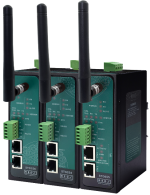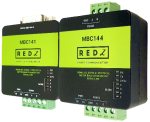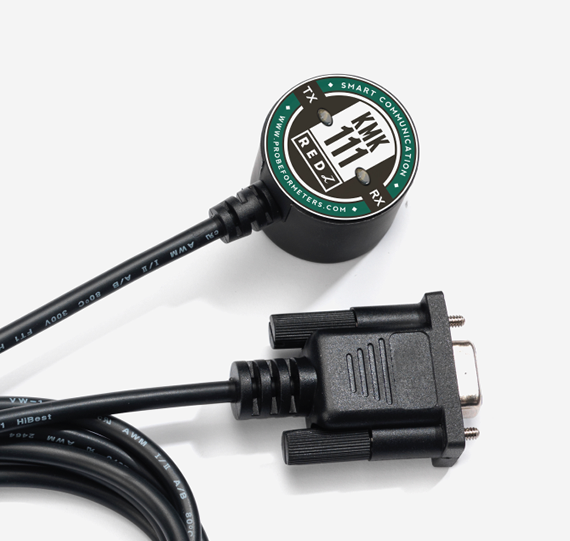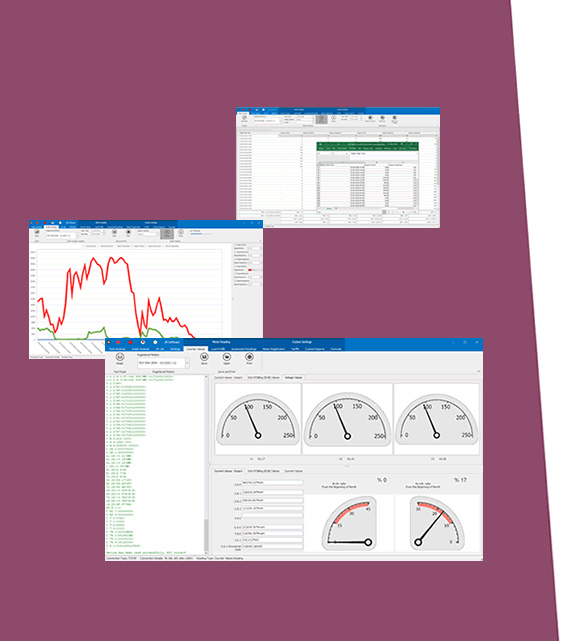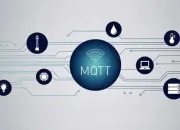1.Introduction
As the world moves toward smarter energy consumption and efficient resource management, smart energy meters have become essential in monitoring and controlling energy usage. To facilitate better integration, communication, and functionality of these smart meters, standards are crucial. One such standard, particularly relevant in Europe, is the P1 Companion Standard. In this text, we will explore what the P1 Companion Standard is, how it functions, and its importance in the world of energy metering.
2.What is the P1 Companion Standard?
The P1 Companion Standard is a communication protocol used by smart energy meters to transmit data to external devices. It provides a standardized interface (P1 port) on the smart meter that allows it to communicate real-time energy consumption data to other devices, such as in-home displays, energy management systems, or even apps on your smartphone.
The standard is mainly used in domestic smart meters across several European countries, including the Netherlands and Belgium. It was developed to ensure consistent and reliable communication between the smart meters installed by utility companies and the end-user devices that monitor and manage energy consumption.
3. How Does the P1 Companion Standard Work?
The P1 Companion Standard enables smart meters to provide real-time energy consumption and production data. Here’s how it functions:
1. P1 Port on the Smart Meter: The P1 port is a physical interface on the smart meter that follows the P1 Companion Standard. It is typically an RJ11 or RJ12 socket, which can be easily connected to external devices using compatible cables.
2. Communication Protocol: The standard defines the data format and communication protocols, ensuring that any external device connected to the P1 port can reliably read and interpret the data from the meter. It uses a low-power communication protocol, often based on serial communication (such as UART), which is efficient and effective for transmitting small packets of data.
3. Data Transmission: Through the P1 port, the smart meter sends real-time information about:
- Electricity consumption: kWh usage at different times of the day.
- Electricity production: If the household has solar panels, the meter can show how much electricity is being generated.
- Gas consumption: The smart meter can also relay information from a connected gas meter.
- Tariff information: Data on which tariff is active (peak or off-peak rates).
4. External Devices: Devices like energy management systems, home automation hubs, or specialized displays can be connected to the P1 port to collect, monitor, and analyze the energy usage data. Users can then see real-time feedback on their energy consumption, allowing them to make informed decisions about their energy use.
4. Benefits of the P1 Companion Standard
The P1 Companion Standard offers several benefits for both consumers and energy providers:
- Real-Time Monitoring: By connecting external devices to the P1 port, consumers can get instant access to their energy consumption data. This real-time feedback allows them to adjust their usage habits and save on energy costs.
- Easy Integration: Since the P1 Companion Standard provides a consistent and well-documented interface, it is easy for manufacturers to create compatible devices. This ensures a broad ecosystem of compatible products, giving consumers more choices.
- Enhanced Energy Management: With precise data on energy consumption, production, and tariffs, users can optimize their energy use, reduce wastage, and even manage home-generated energy (like solar power) more effectively.
- Interoperability: The standardized protocol ensures that different brands of smart meters and external devices can communicate seamlessly. This promotes a more open and competitive market for energy monitoring solutions.
5. Applications of the P1 Companion Standard
The P1 Companion Standard has several practical applications in modern homes and businesses:
- In-Home Displays (IHDs): Users can connect displays to the P1 port that show real-time energy usage, cost estimates, and production levels from solar panels. This helps consumers understand their energy usage patterns and identify where they can save energy.
- Energy Management Systems: More advanced systems can analyze data from the smart meter, integrating it with other smart home devices to automate energy-saving actions, such as turning off lights or appliances when they are not needed.
- Smart Home Integration: Home automation hubs can use the data from the P1 port to optimize the performance of smart devices, such as smart thermostats, heaters, and air conditioning units, to improve energy efficiency.
- Solar Energy Monitoring: For homes with solar panels, the P1 Companion Standard enables users to track how much electricity they are generating and how much they are feeding back into the grid. This is especially useful for managing energy production and understanding the return on investment for solar systems.
6. Example: How the P1 Companion Standard Works in a Household
Imagine a household with a smart meter installed by their utility provider. The smart meter has a P1 port that follows the P1 Companion Standard. The homeowner connects an in-home display (IHD) to this port.
- The IHD shows real-time data on the household’s electricity usage, gas consumption, and any electricity produced by their solar panels.
- If the household enters a peak tariff period, the IHD alerts the user, allowing them to shift energy-intensive activities (like running the washing machine) to off-peak times.
- Over time, the homeowner can see patterns in their energy usage, helping them identify areas where they can save energy and reduce their bills.
7. Future of the P1 Companion Standard
As the world continues to adopt smart home technologies and smart grid systems, the role of standards like the P1 Companion Standard will only grow. Here are some potential future developments:
- Enhanced Data Analytics: With more sophisticated algorithms and machine learning, external devices could offer deeper insights into energy consumption patterns, helping consumers save even more.
- Integration with Smart Grids: The P1 Companion Standard can help facilitate more dynamic interaction with smart grids, enabling better load balancing and energy distribution.
- Wider Adoption: While currently popular in parts of Europe, the standard may see broader adoption worldwide as countries push for more smart grid infrastructure and energy-efficient practices.
8.Conclusion
The P1 Companion Standard is a crucial element in the ecosystem of smart energy metering. By providing a reliable and standardized way for smart meters to communicate with external devices, it enables real-time monitoring, improved energy management, and better integration with smart home technologies. As the demand for smarter and more efficient energy solutions continues to grow, standards like P1 will play a key role in driving innovation and helping consumers take control of their energy usage.



